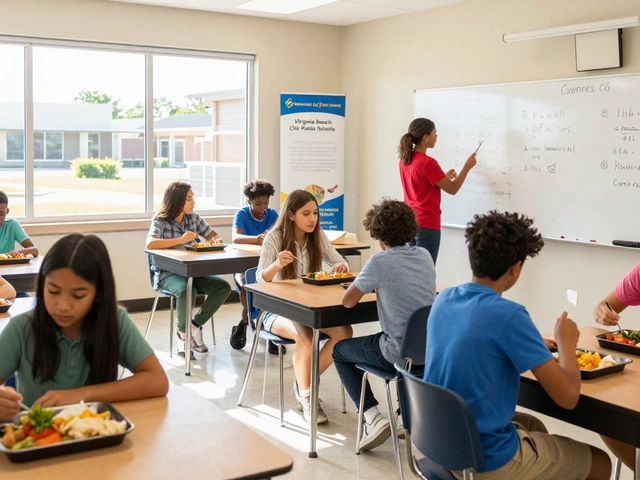School Alternatives: Real Options for Learning Outside the Classroom
If you’re tired of the one‑size‑fits‑all school model, you’re not alone. More families are looking at homeschooling, virtual classrooms, and other flexible routes that match a child’s pace, interests, and family life. Below you’ll get straight‑to‑the‑point advice on why these paths work and which ones are worth a closer look.
Why Consider School Alternatives?
Traditional schools can feel rigid – set timetables, large class sizes, and a curriculum that may not fit every learner. When a child struggles to stay engaged, grades can slip and confidence drops. Switching to an alternative can give you control over the learning environment, allowing you to adapt lessons, focus on strengths, and skip topics that feel irrelevant.
Research shows that personalized learning boosts retention and motivation. It’s not just a buzzword; it’s the core of successful homeschooling or online programs where the pace is set by the student, not by a bell ringing at the same time for everyone.
Top Alternatives to Traditional School
1. Homeschooling – Start at any grade, but many families begin in early years (kindergarten to Year 2). You’ll need to check local regulations, set a curriculum, and plan daily schedules. The biggest benefit is flexibility: you can weave field trips, project‑based learning, and real‑world skills into the day. For tips on legal requirements and curriculum choices, see our guide “What Grade Can You Start Homeschooling?”.
2. Online Learning Platforms – Websites offering accredited courses let students earn credits from home. Some platforms specialize in exam prep for A‑levels, SATs, or GCSEs, while others provide broader subjects. This option works well for self‑motivated learners and can be combined with occasional in‑person tutoring.
3. Mixed‑Mode or Hybrid Schools – Some schools offer a blend of in‑class and remote days. This gives the social benefits of a school setting while retaining the flexibility of online study. Look for schools that let you pick the ratio that fits your family’s rhythm.
4. Specialty Programs – If your child has a specific talent or need, consider programs focused on arts, STEM, or special‑needs support. For example, “Practical Strategies for Supporting Children with Special Needs in the Classroom and Beyond” offers concrete ideas you can adapt to a home setting.
5. Accelerated or Fast‑Track Teacher Training – If a parent wants to become a certified teacher quickly, the fastest teacher training programs can open doors to teaching at home or starting a micro‑school. Our article “Fastest Teacher Training Program: Quick Pathways to Start Teaching” outlines the steps.
Whichever route you choose, start with a clear learning goal. Ask yourself: What skills does my child need? How much structure do we thrive on? And what resources (books, internet, community groups) are available? Answering these questions keeps the plan realistic and prevents overwhelm.
Don’t forget to connect with other families. Online forums, local homeschool co‑ops, and social media groups share lesson plans, field‑trip ideas, and moral support. The community can fill gaps that a single household might otherwise miss.
Finally, keep assessment simple but regular. Use quizzes, project rubrics, or even school‑provided standards as checkpoints. Tracking progress helps you spot gaps early and adjust the curriculum before problems snowball.
In short, school alternatives give you the power to design an education that fits life, not the other way around. Whether you go full‑homeschool, blend online courses, or join a hybrid program, the key is to stay flexible, stay informed, and keep the learning experience enjoyable for both child and parent.






